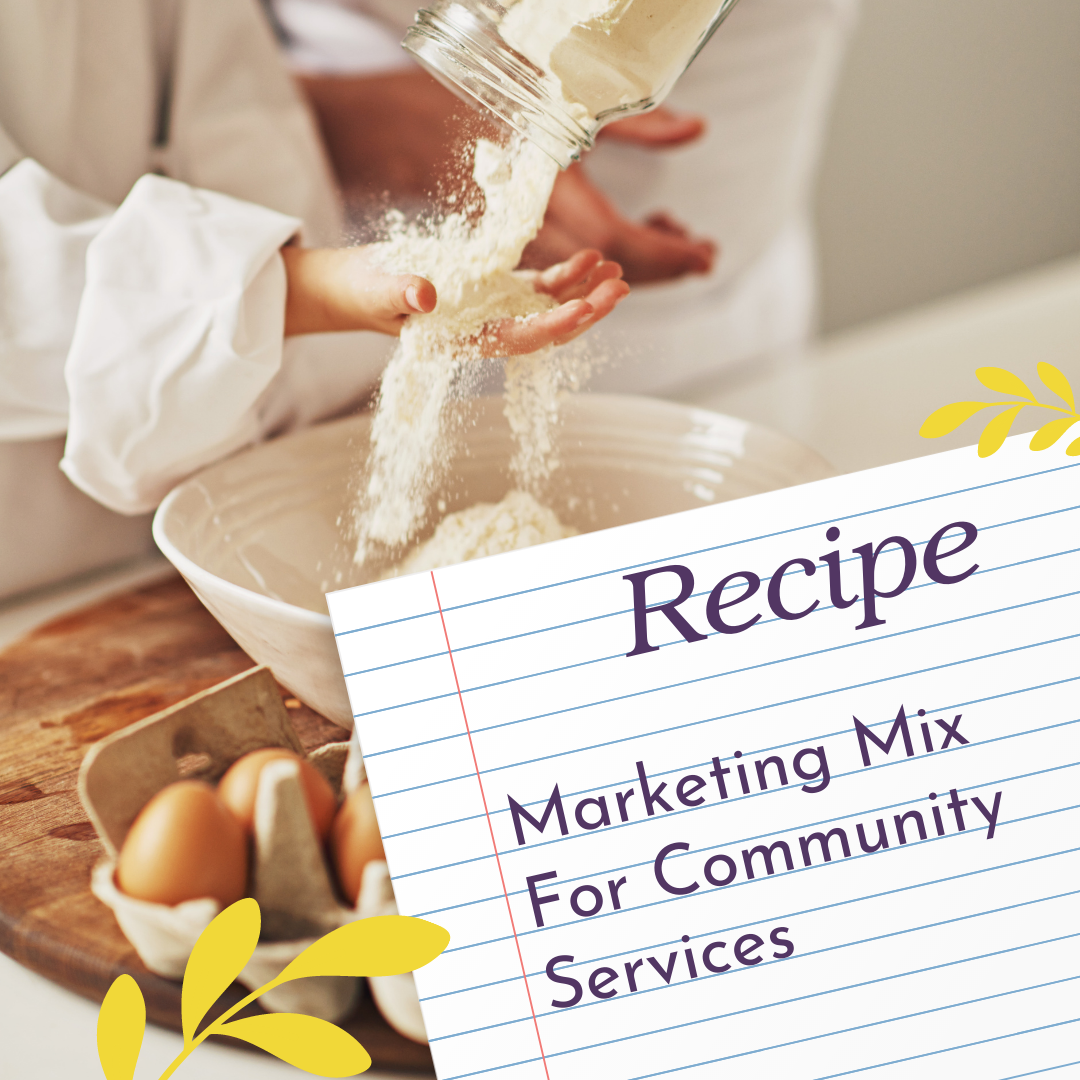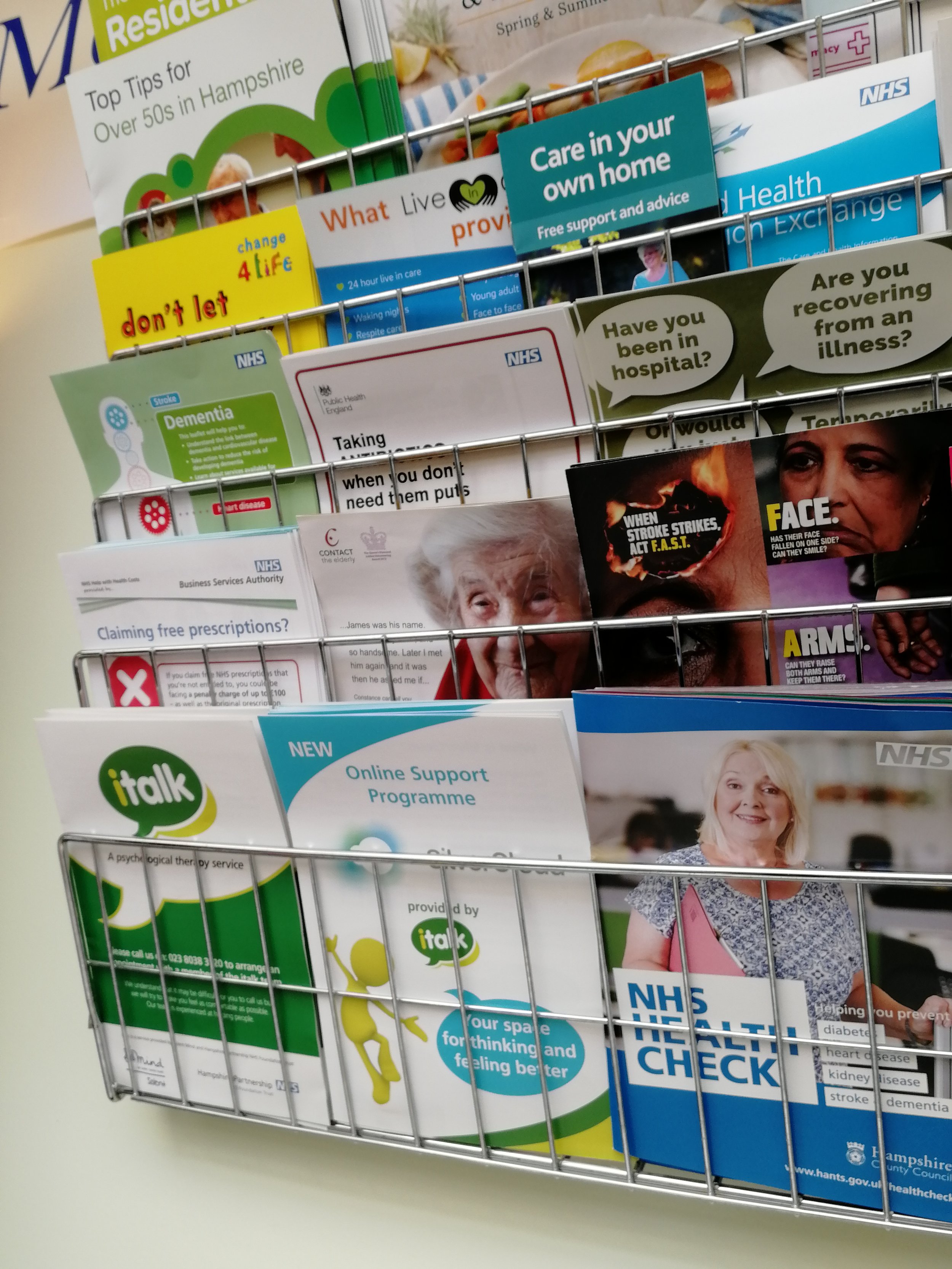The Margareting Academy
Free resources to help promote and grow your community service.
Not sure where to start? Have a look at the Margareting Model, a guide to working at every stage of the service user journey to help people find their way to the right support.

5 Non-Salesy Sales Techniques that help with signposting and referral
Some community services are harder to ‘sell’ than others, when we're signposting or referring to them. What can we learn from actual salespeople?

The Frilliness Scale of Naming Community Services
How not to overthink when naming your new community service or group, and find a name that works.

Things to think about before creating a Service User Engagement or Co-Production Role in your Community Service
Service user engagement and coproduction aren’t just ‘nice to have’. They’re vital for any efficient and effective community service, so worth doing properly. Here are a few things to consider if you’re planning to recruit to a new service user engagement or coproduction role.

The Marketing Mix for Community Support Services
How the 4Ps of the commercial ‘marketing mix’ can help make public and voluntary sector services more person-centred

Getting to know your audience beyond demographics
How do you describing the target audience for your community support service? Who are your patients, service users, or clients? If you’re relying on demographics, you might be limiting your reach. Here’s a guide to helping people access your support as early as possible through situational targeting.

How to make a leaflet with zero budget

10 Beginner Tips for Leaflet Accessibility

2 fun ways to make your letters and leaflets easier to understand
Two fun ways to get started writing in plain English

What Toothpaste Can Teach Us About Promoting Community Services
Why do supermarkets have an entire aisle of toothpaste choices, when they pretty much all work the same? And is there something here we can learn for growing and developing community services?

Can you ‘market’ free services?
What is marketing, and is it relevant or useful for public services and charities offering free support? (Spoiler: yes!)

Reflect: What do people have to say about your service?
After using your service and hopefully getting the support they need, people will naturally reflect on their experience. How can you use their feedback to improve and grow your service?

Access: Can people actually use your service?
Once people have made the choice to get in touch, how easy is it to actually use your service and get the help they need? This stage looks at making sure your door is open and things go smoothly.

Choose: Why do people choose your service?
Once people have found your service, will they be sure it’s the right option and actually get in touch? This stage of the ‘margareting model’ is about helping people make a confident choice.

Look: Who’s your competition?
The Look stage of the Margareting Model - What are people looking for, and is it what you’re offering?

Know: Who are your customers?
The ‘Know’ Stage of the Margareting Model - Who are you aiming to support and how do they see their problem?

The Margareting Model
Margareting is all about linking people who need support with the services that can help, so how do we do that?
We need to understand what their journey towards that support might look like, so that we can find our opportunities to make that journey easier to navigate. That’s the Margareting model.
